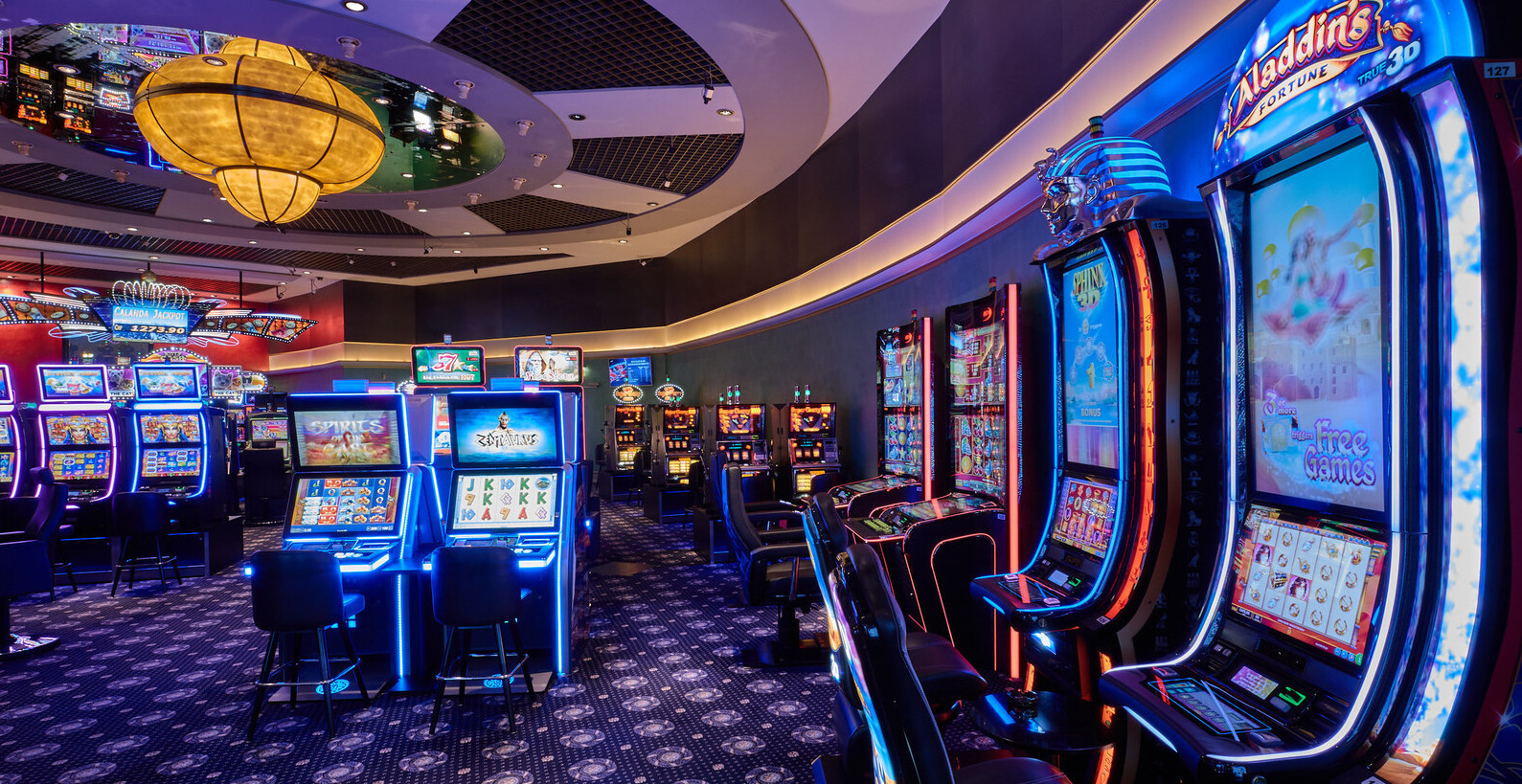
In a dynamic and stimulating world of gaming establishments, wherein fortune and tactics intertwine, color and design play a key role in drawing in players. From the moment players step into a casino or log into a gaming platform, they are enveloped in a visual feast that captures their attention and lures them to explore further. Vivid colors, engaging graphics, and creative layouts are meticulously crafted to create an atmosphere of excitement and expectation, ultimately enhancing the gaming encounter.
As gamblers move through the dynamic landscape of casino games, they come across a range of designs that not only serve aesthetic purposes but also affect emotions and choices. Hues like scarlet and yellow symbolize riches and fortune, while soothing blues and greens can create a much relaxed environment. Understanding how these elements function together enables casinos to create an inviting and energizing atmosphere that encourages players to interact with the games, invest more time at the tables, and increase their general enjoyment.
The Science of Tint in Casino Games
Hue plays a key role in the creation of gambling games, influencing player emotions and actions. Vivid and striking colors, such as red and amber, are often used to stimulate excitement and attract notice. These shades create a sense pressure and vitality, encouraging players to participate more readily with the experience. By strategically selecting tints, creators aim to evoke feelings of pleasure and excitement, which can enhance the overall game experience.
Different hues also have psychological meanings that can impact how gamblers perceive their odds of success. For example, lime is commonly associated with fortune and abundance, making it a frequent choice in games like the roulette wheel and poker games. This link can result gamblers to feel more hopeful and confident in their gameplay, ultimately encouraging them to wager more. Understanding these links allows game designers to craft environments that enhance player happiness and retention.
In addition, the design of gaming interfaces often utilizes gradients and contrasting colors to direct players’ actions. For example, successful combinations may be highlighted with striking, contrasting hues, creating a visual reward. This technique strengthens favorable outcomes and supports repeated engagement. By exploiting the psychology of color, gaming venues can design activities that not only captivate players but also maintain them engaged and dedicated in their game experience.
Creative Features that Attract Players
The visual appeal of gambling games is largely influenced by the implementation of bold colors. Lively and striking colors are strategically chosen to create an inviting atmosphere that grabs interest. For example, crimson and golds often signify good fortune and wealth, which is why they are common in the palettes of gaming machines and game surfaces. These colors not only attract players in, but they also stir emotions related to excitement and anticipation, enhancing the total gaming experience.
In addition to color, the aesthetic and organization of gambling games play a crucial role in captivating players. Games are designed to be intuitive, ensuring that players can easily understand the guidelines and mechanics. Accessible interfaces, along with engaging graphics and motion, help maintain gamer interest and promote longer play sessions. 23win The tactile elements, such as the feel of the controls and the audio of the games, also add to a comprehensive sensory experience that keeps players immersed.
In conclusion, thematic elements in gaming design can significantly influence gaming decisions. Many casino games are inspired by popular culture, myths, or exploration motifs, incorporating symbols and characters that resonate with players. These themes create a sense of immersion and relatability, making each game feel unique. When players feel a bond to the theme, they are more likely to opt for that game over others, leading to increased participation and excitement within the casino environment.
Case Studies: Notable Gambling Table Game Designs
One prime example of effective casino game design is the acclaimed slot machine series based around hit movies. Games such as those based on the Wizard of Oz and Game of thrones utilize dynamic colors and high-quality graphics to engage players in familiar narratives. The application of dynamic visuals and captivating sound effects grabs the attention of players, establishing an affective connection to the theme. This strategy not only promotes longer play but also boosts the overall gaming experience, yielding increased player retention.
Another notable case is the use of color in table games like 21 and roulette. Casinos often develop these games with deep reds and greens, colors traditionally associated with luck and wealth. For instance, the emerald felt on a blackjack table provides a calming effect, while the red accents in the wheel invite excitement. This deliberate use of color helps to foster an inviting atmosphere that encourages players to participate, fulfilling their psychological impulses and increasing their enjoyment.
Finally, social casino games that feature community features and lively, lively designs have experienced remarkable success in engaging players. Games like Zynga Poker and Slotomania leverage bright colors and playful animations to establish an inviting online environment. The inclusion of leaderboards, community sharing options, and in-app rewards promotes competition and community, drawing players in for longer sessions. Such designs not only make the games visually attractive but also emphasize community engagement, a vital factor in player retention and engagement within digital casino environments.
